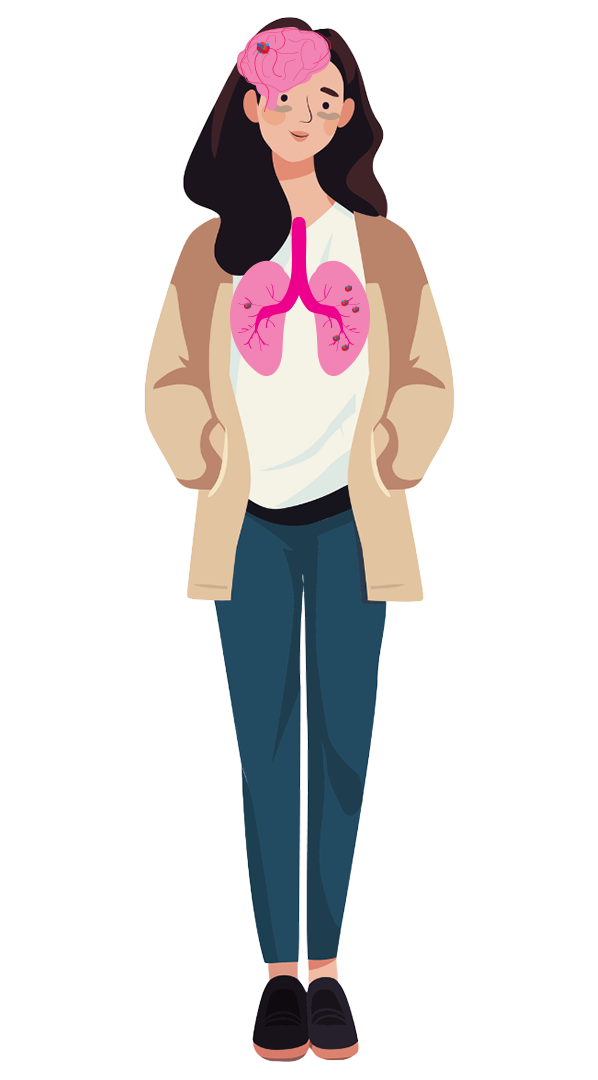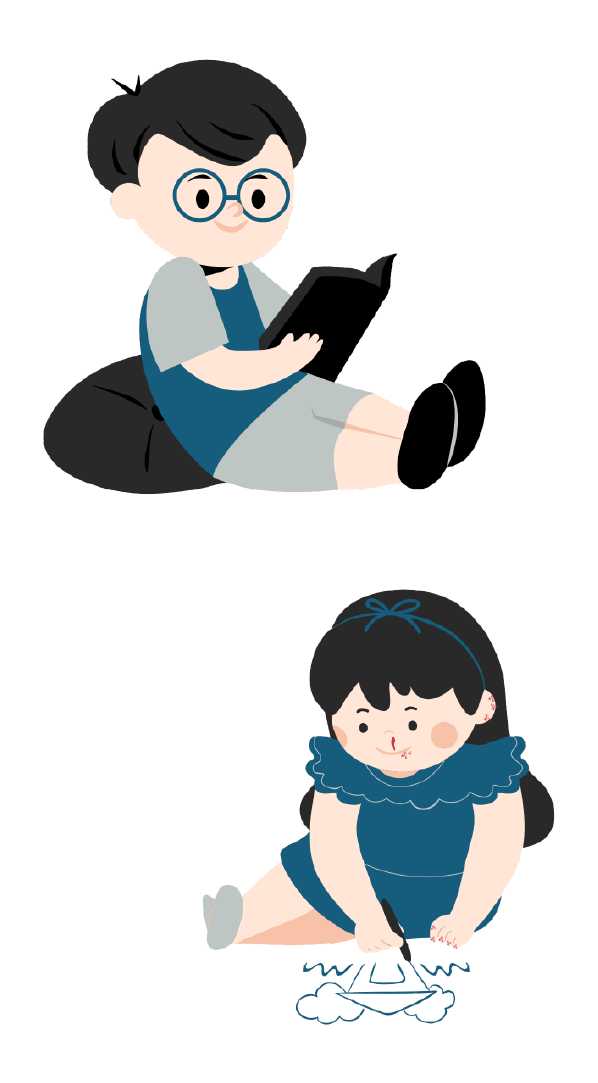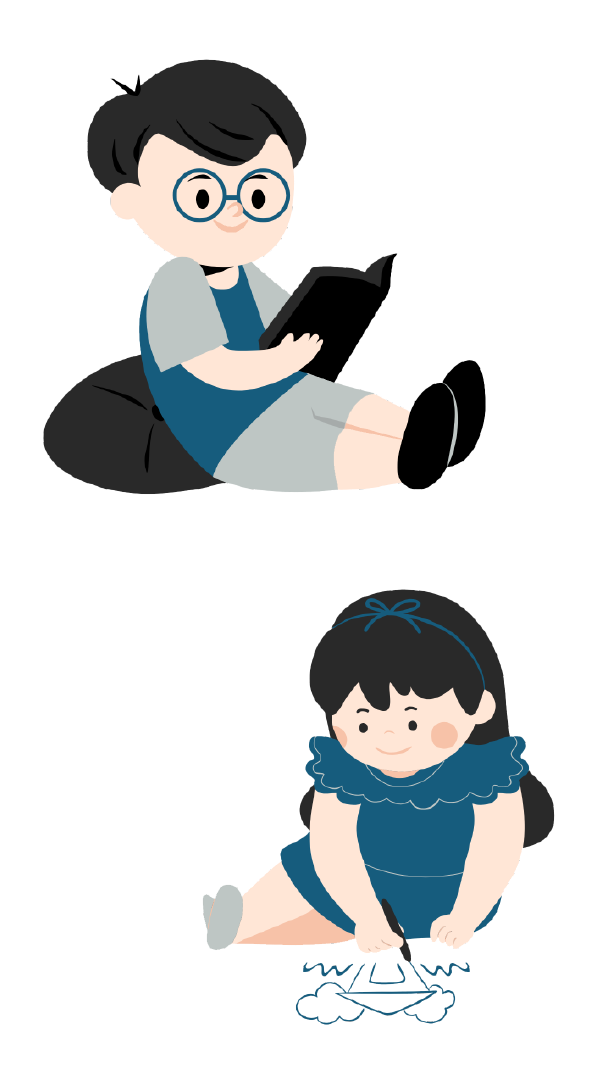June is HHT Awareness Month
For individuals and families affected by Hereditary Hemorrhagic Telangiectasia (HHT), awareness and support are vital. June is our opportunity to come together, share our experiences, and educate others about this often-underdiagnosed condition. Explore resources, connect with the community, and find out how you can help amplify the voices of those living with HHT.













